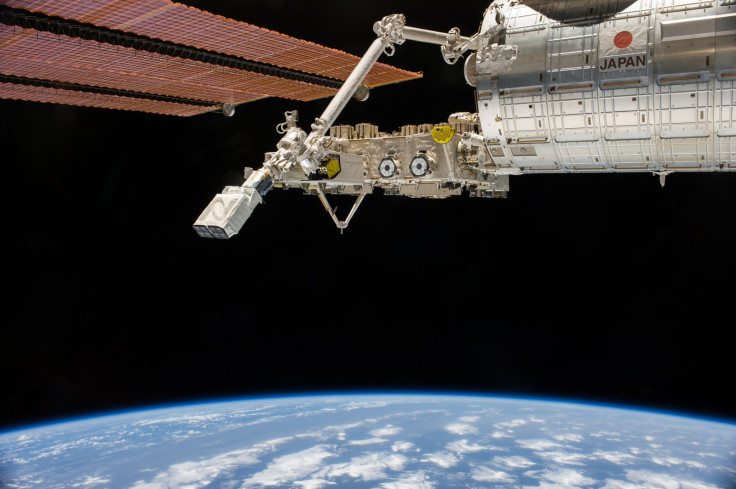CubeSats Crowding Low Earth Orbit Posing Collision Dangers for Space Users, Warns Expert

The increasing number of CubeSats or mini-satellites being launched disregarding guidelines to de-orbit after 25 years is posing a risk to all space users, according to space debris expert Hugh Lewis from the University of Southampton.
Speaking at the 65th Astronautical Congress in Toronto, he noted that CubeSats have been involved in more than 360,000 near-collisions with other orbiting objects. Being small they can be missed by ground radars.
Using a sophisticated computer model called 'Debris Analysis and Monitoring Architecture to the Geosynchronous Environment' (Damage), the team has predicted that CubeSats will be responsible for millions of orbital near-misses, with a handful of these orbital encounters resulting in collisions, by 2043.
CubeSats cannot manoeuvre themselves while orbiting Earth even to avoid collisions. Also, some of the organisations using CubeSats have insufficient plans for de-orbiting their orbital assets.
With more of the users refusing to de-orbit the CubeSats after 25 years, and instead raising them into higher and higher orbits, their orbital lifetimes are increased and they become a long-term danger for space users.
The University of Southampton press release said that over a third of all CubeSats launched (approximately 160 between the years 2003 and 2013) are expected to remain in orbit long past the 25 year benchmark.
Around 100 of the craft were launched between 2003 and 2012 and this further multiplied with another 100 launched in 2013 alone. At the 205-per-year launch rate, CubeSats will come within a dangerously close 17 kilometres of other spacecraft 16 million times over the three decades.
A CubeSat collision first happened in May 2013 resulting in the loss of Ecuador's first CubeSat, NEE-01 Pegaso.
There are already more than 500,000 pieces of debris, or "space junk," in orbit around the Earth, according to Nasa. They all travel at speeds of up to 17,500 mph, fast enough for a small piece of orbital debris to damage a satellite or a space station as seen in popular movie Gravity.
A few hundred CubeSats in comparison may seem harmless but as the experts say each orbital collision can generate thousands of pieces of debris with each piece of debris a potential source of cascading damage.
Eventually some of the orbit altitudes could become unusable.
Measuring just 10x10 centimetres and weighing around a kg, CubeSats were first developed in 1999 by California Polytechnic State University (Cal Poly) and Stanford University to help universities worldwide to perform space science and exploration.
A CubeSat can be made and launched for around $65,000 making it viable for educational institutes.
© Copyright IBTimes 2024. All rights reserved.






















